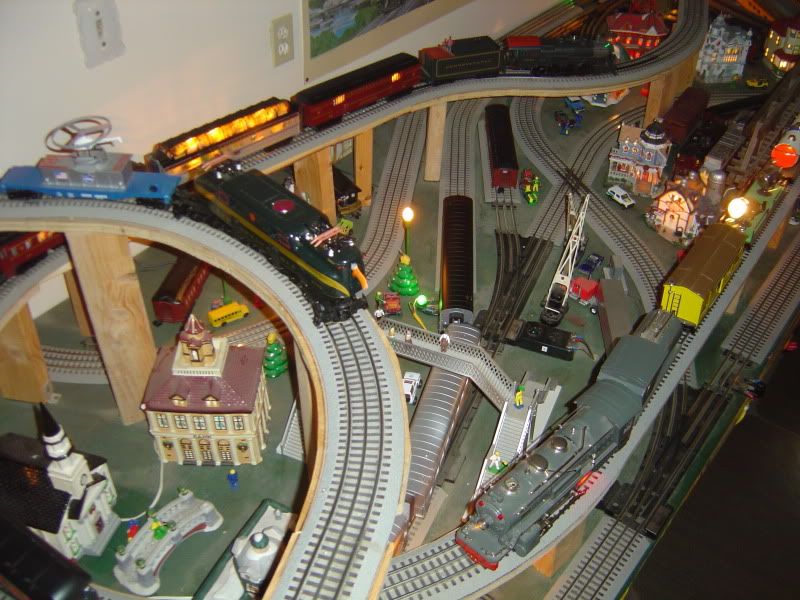Before I get rid of my Ross Switches, Is there anyone that can offer an alternative to the Zstuff switch machine. Which I find to be totally useless.
Can anyone offer a better alternative to stuff or, a clear description of how to wire a Tortoise 800-6000 switch machine so that it will operate in non-derailing mode.
Ive read on this forum that I need a derailing board from Atlas.
Before I shell out for the parts I think I might need, Atlas 56 or 57 Deluxe Switch Control Box,1N4001 Micro 1a DIODES,Atlas 6924 O Gauge Switch Non-derailing Relay Circuit Board. (http://atlaso.com/pdfs/TORTOISEREV1.pdf)
This whole Ross ZStuff experience has made this hobby miserable to me. I wish I had gone with fastrack.
I have to totally give up on the operating the switches remotely with my legacy control.
Original Post







